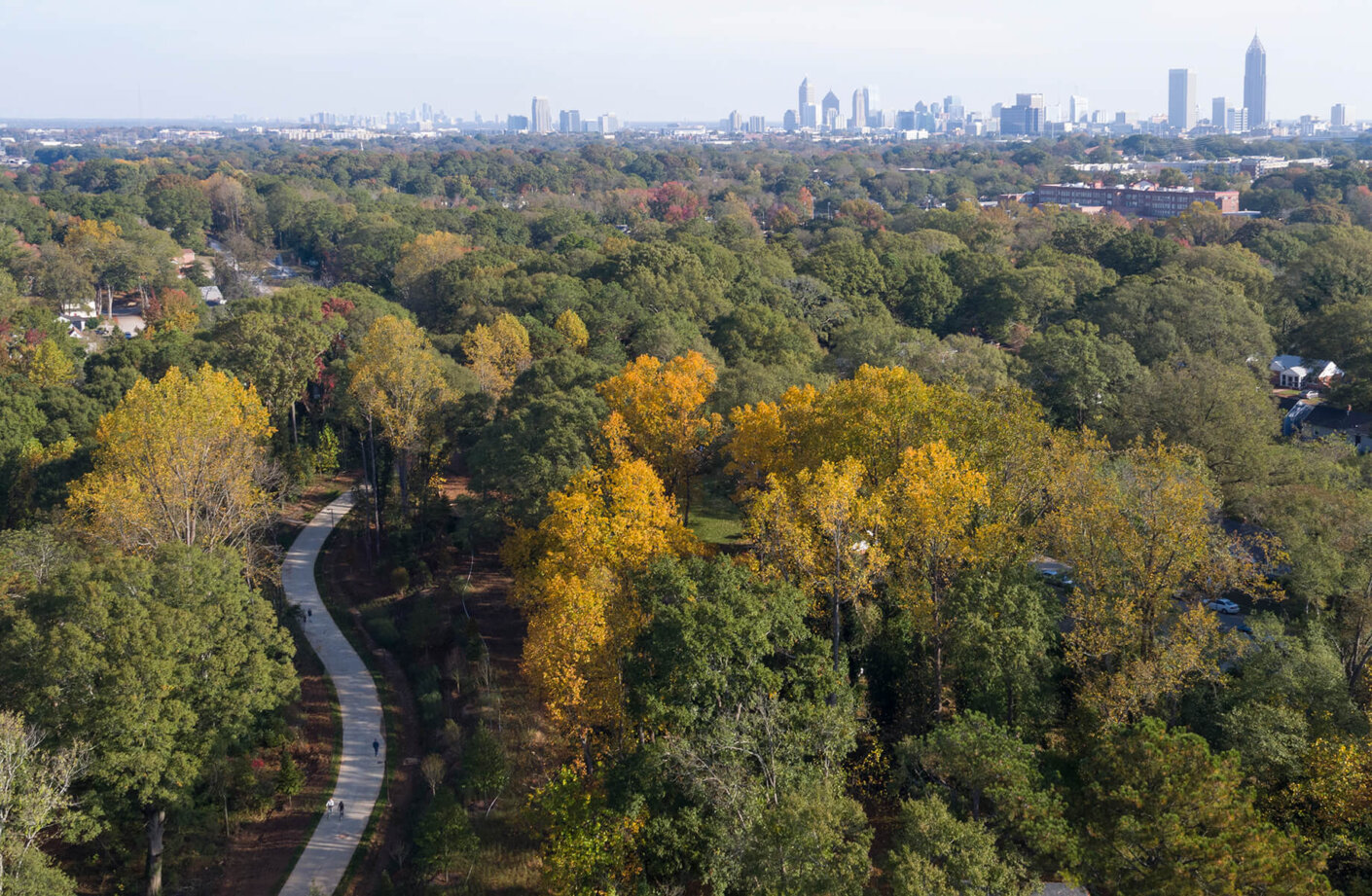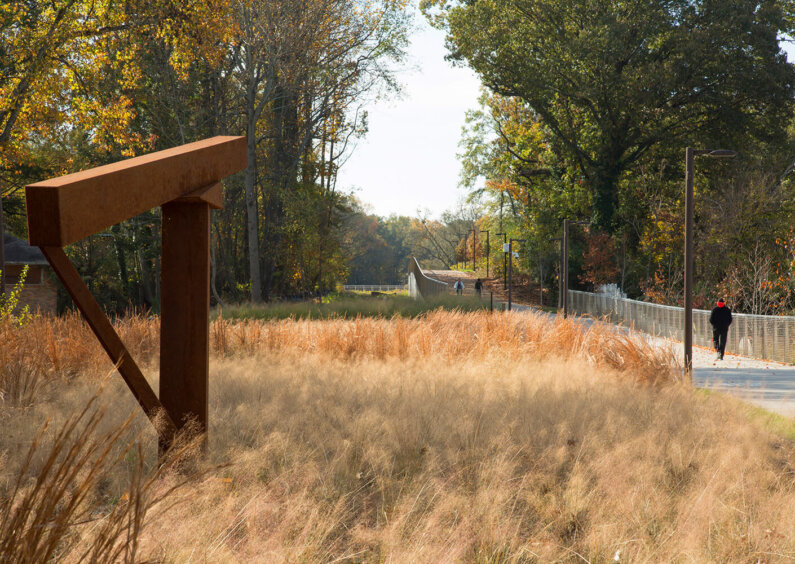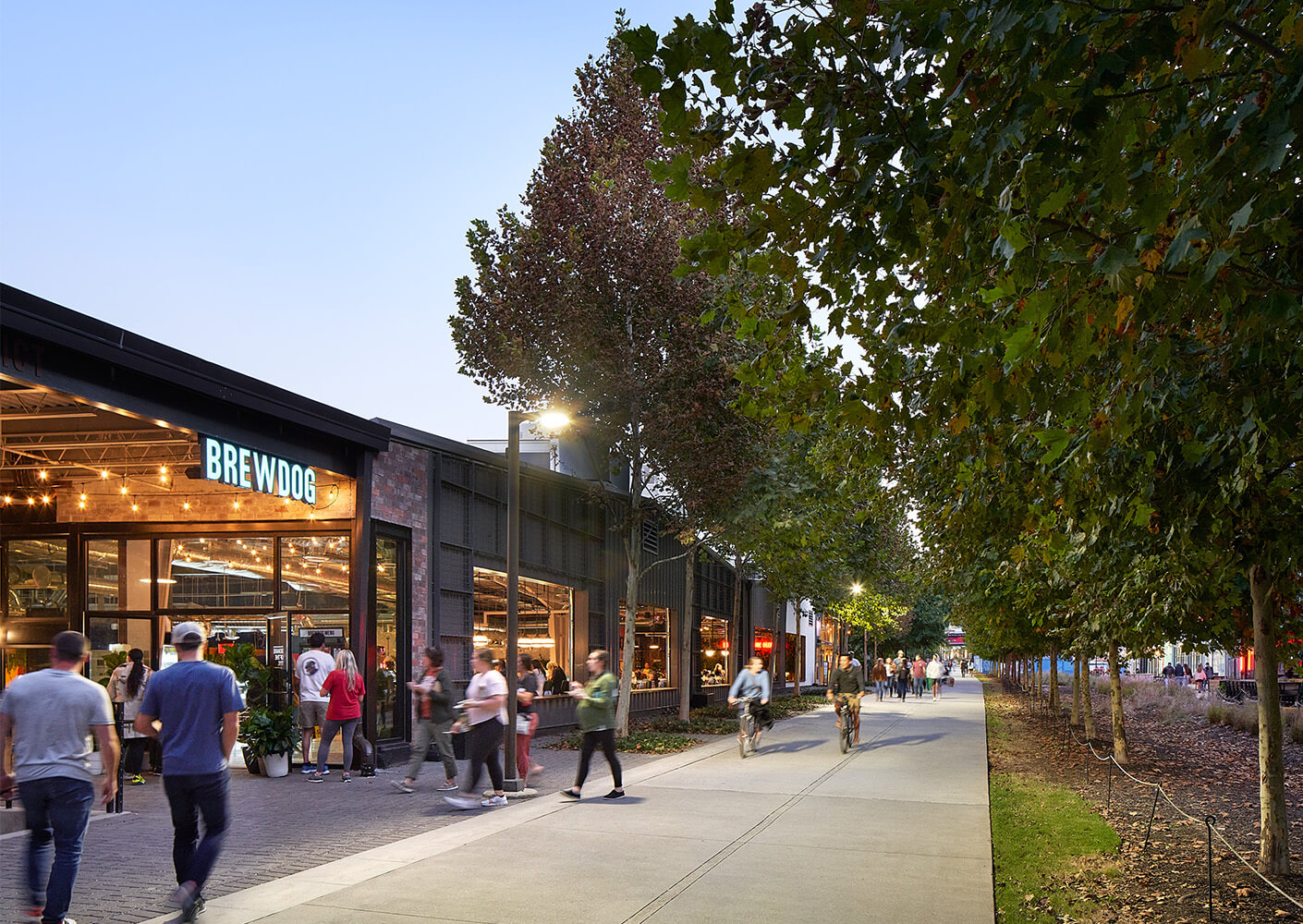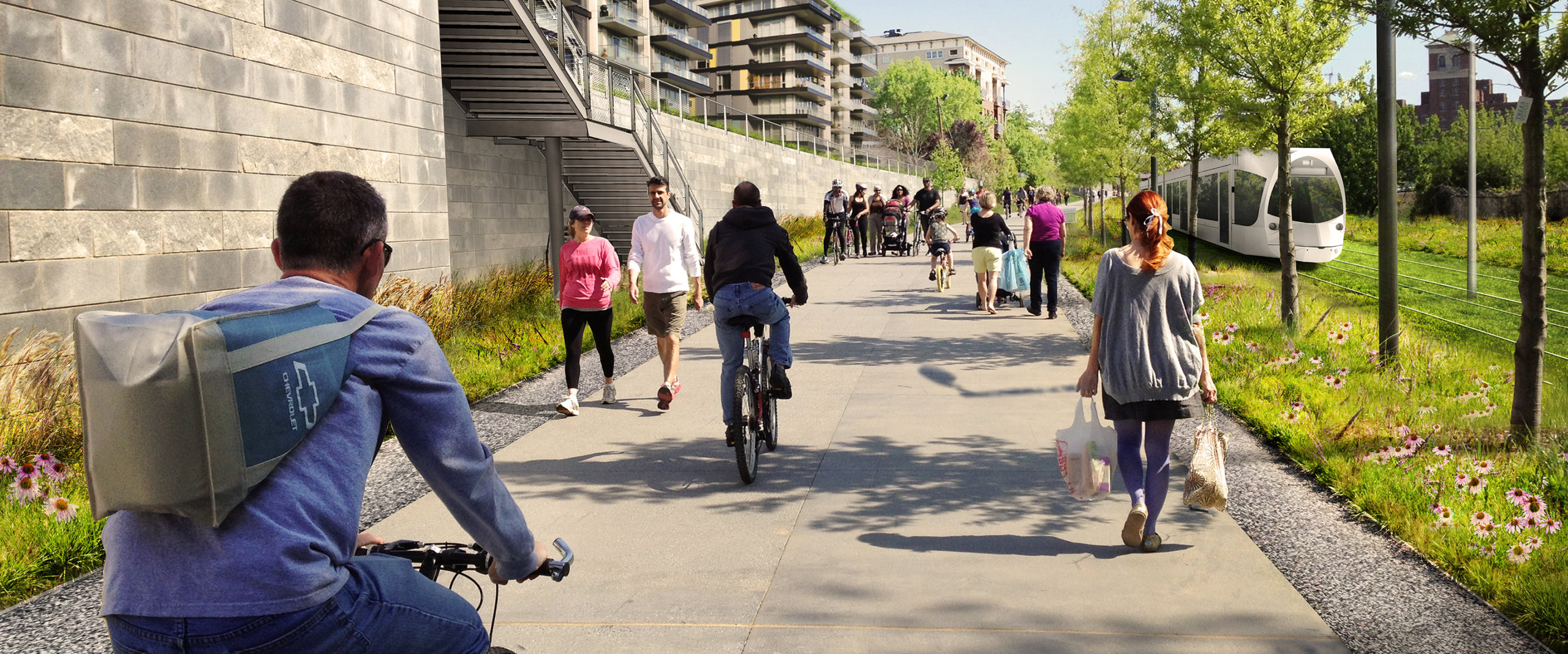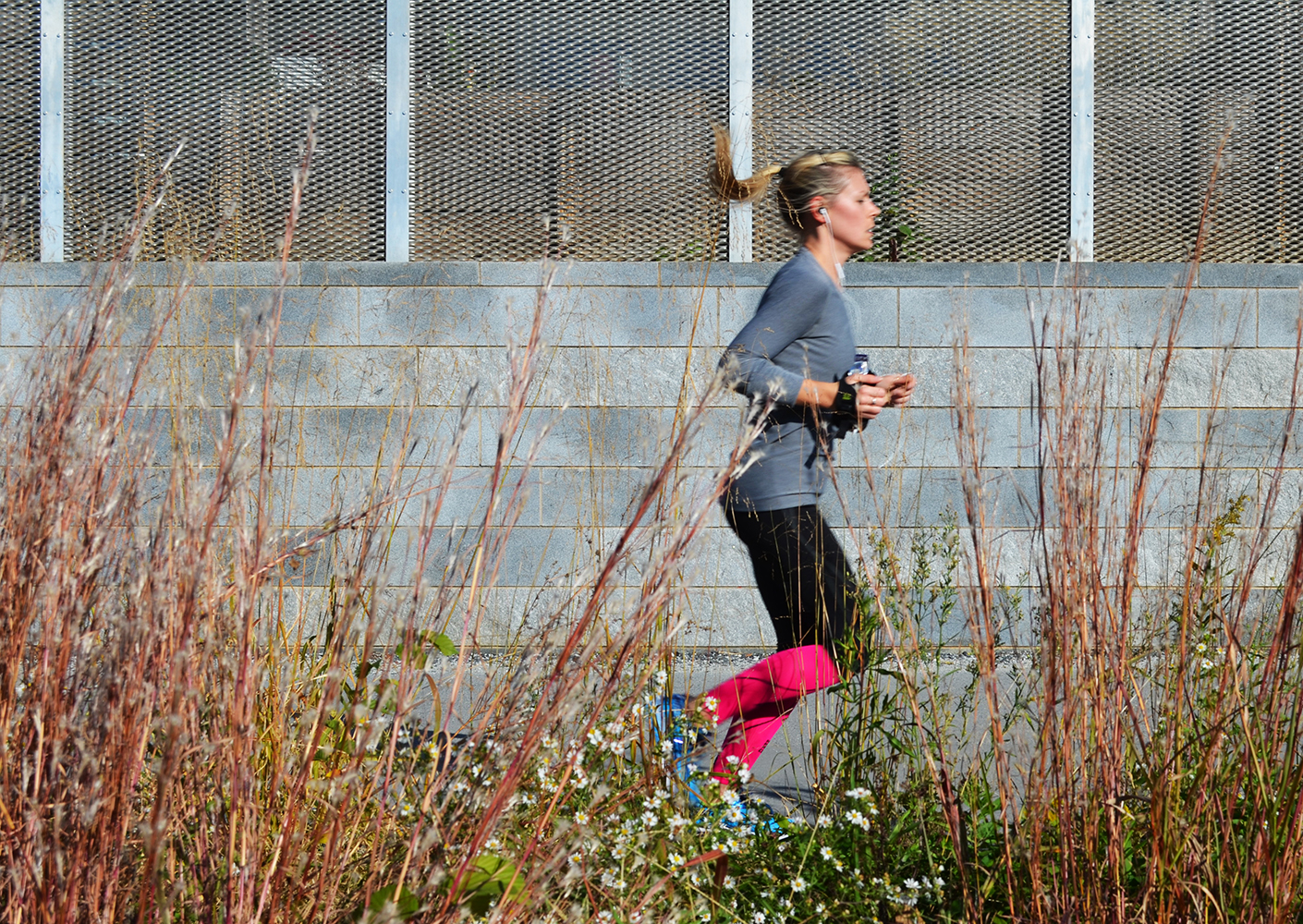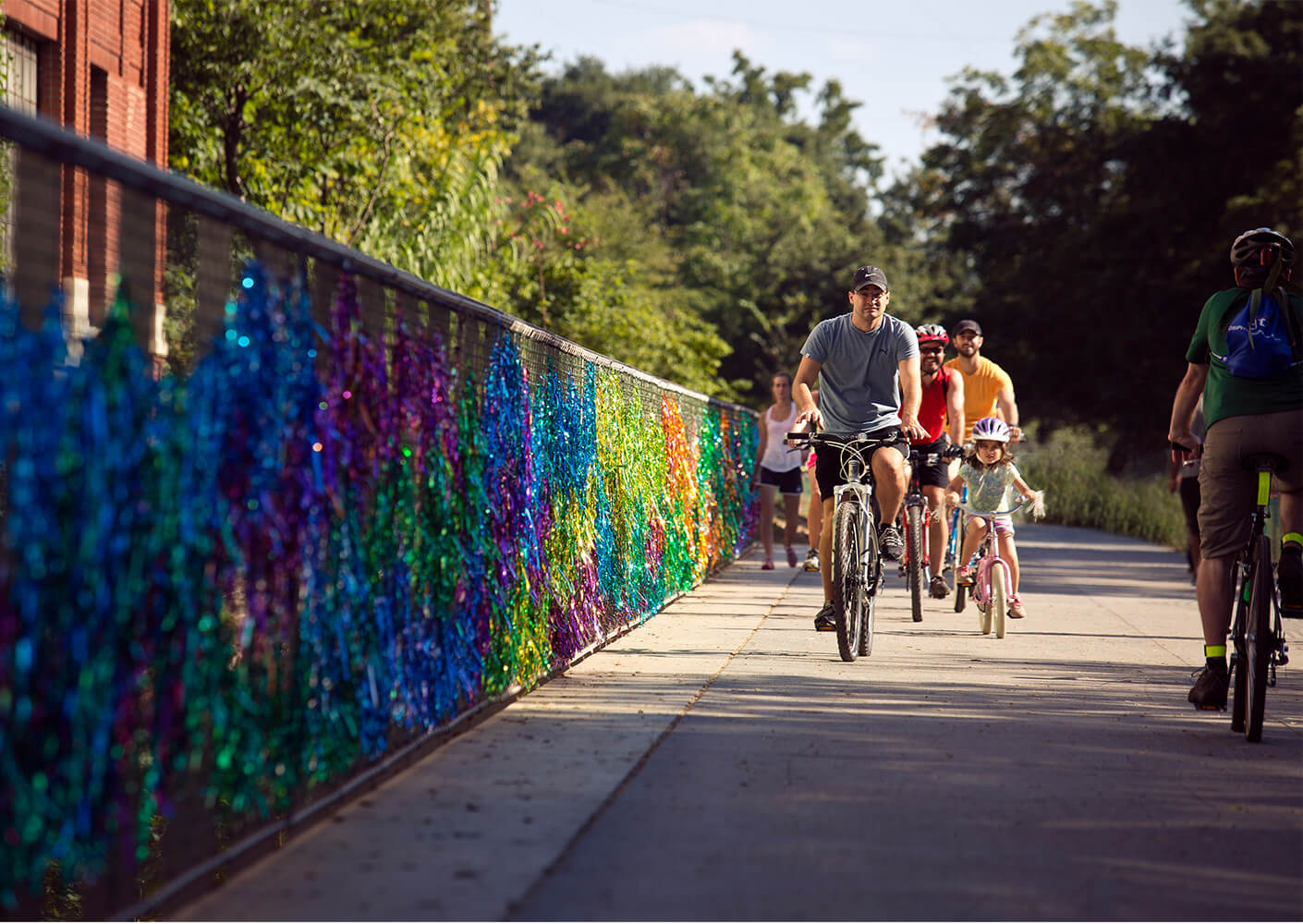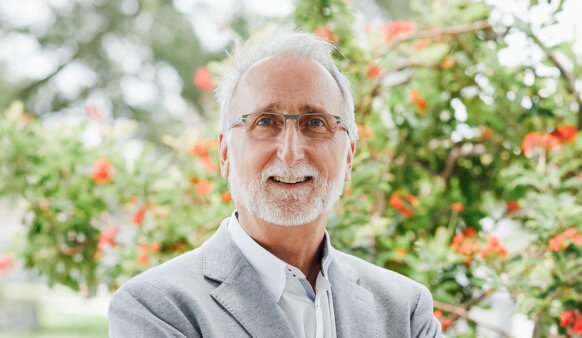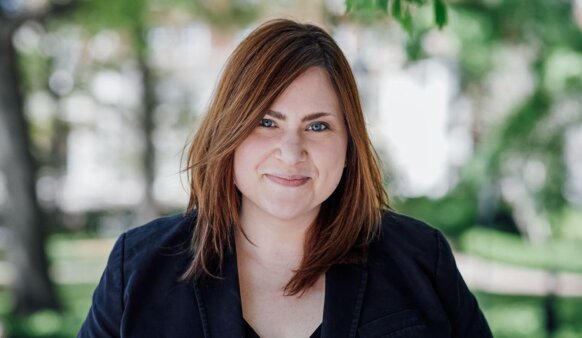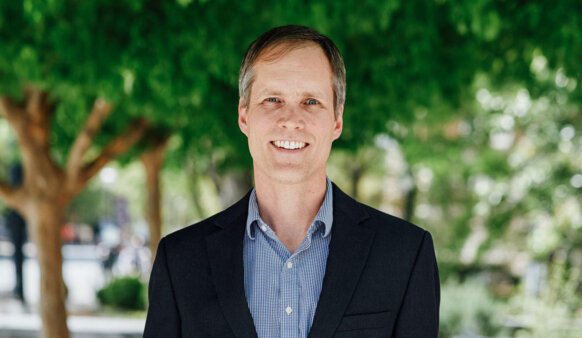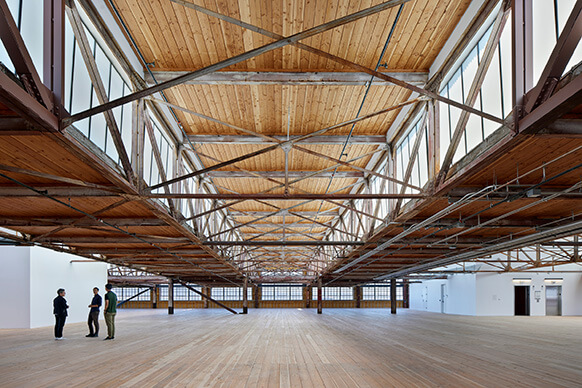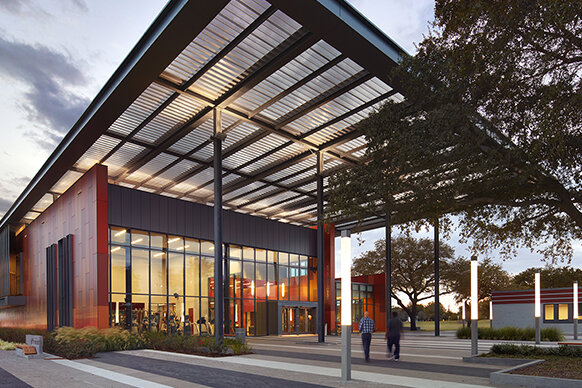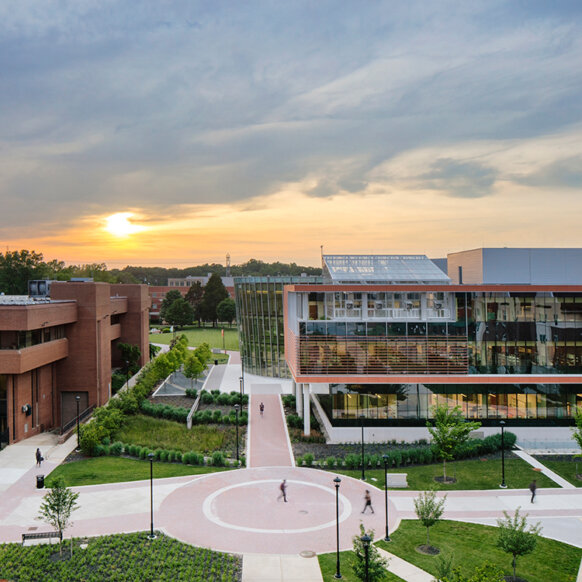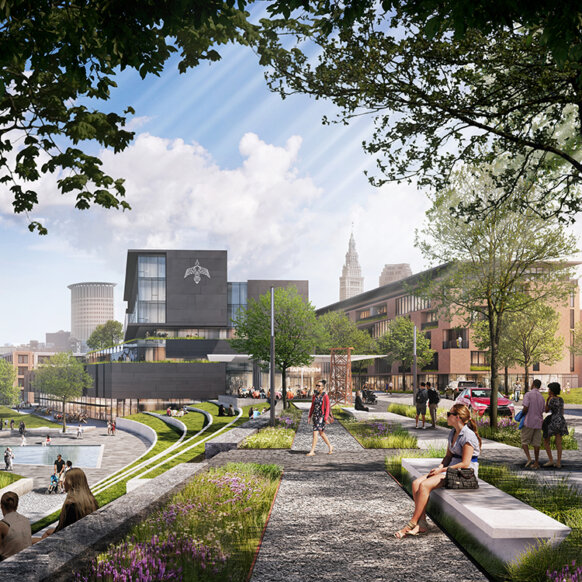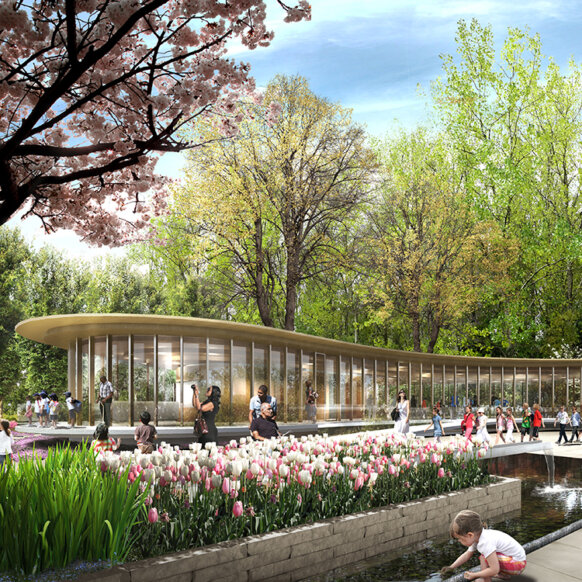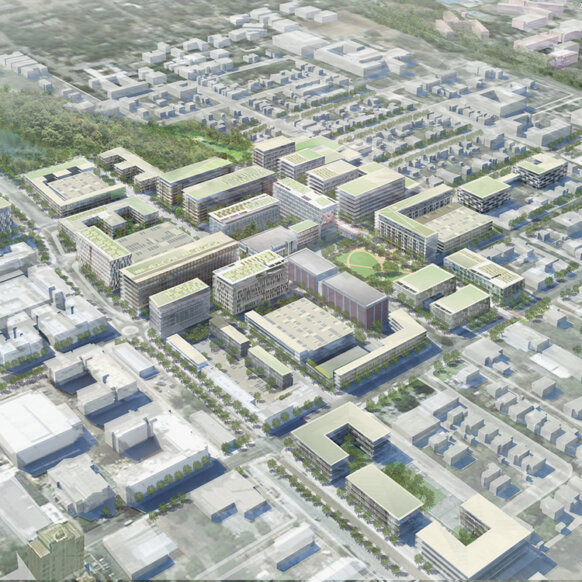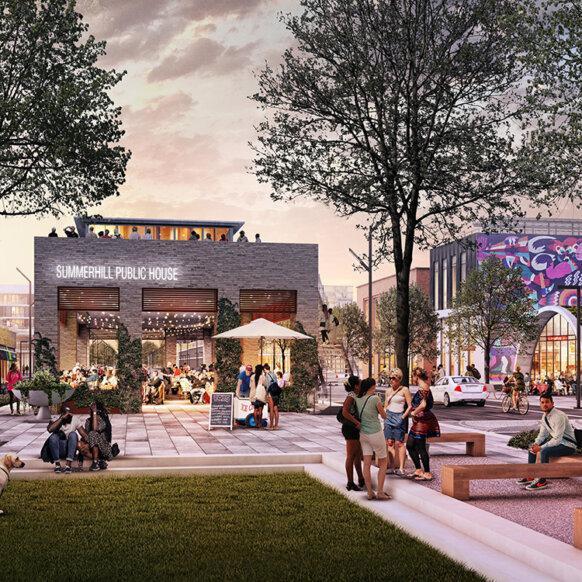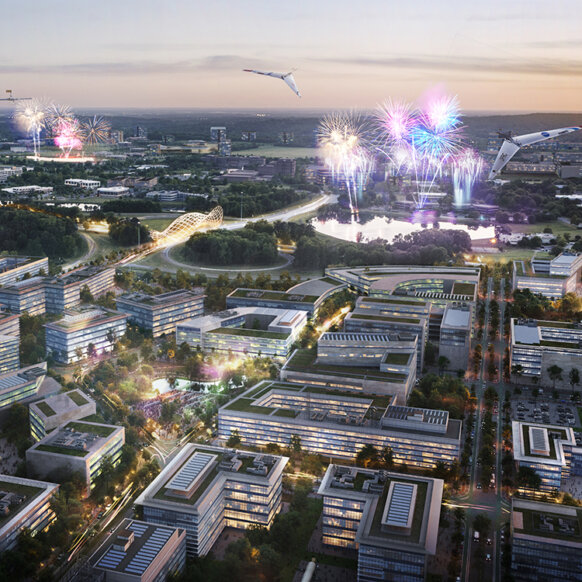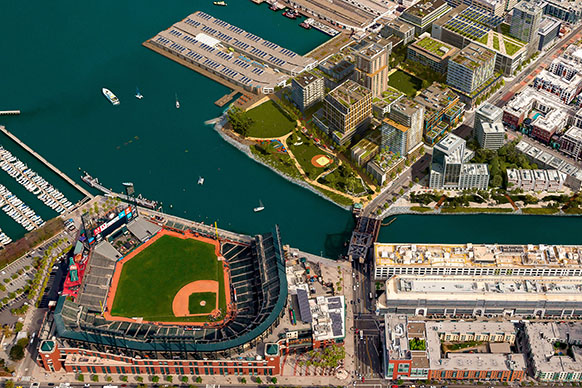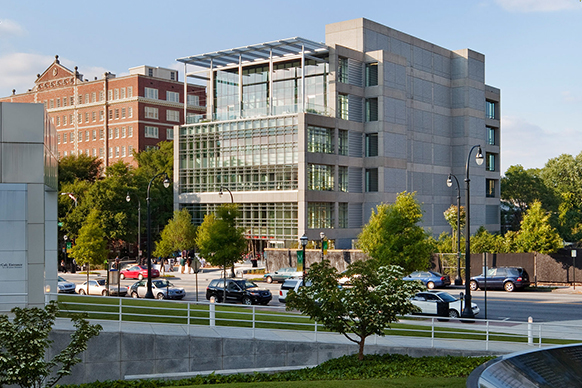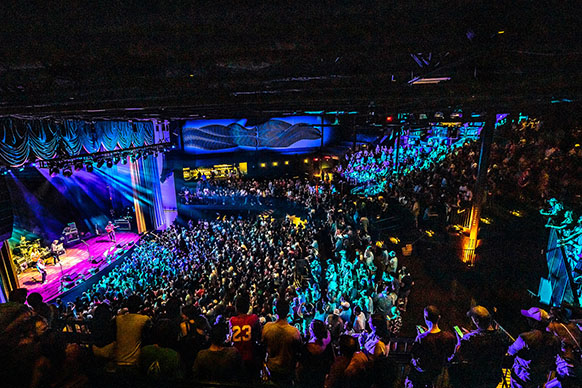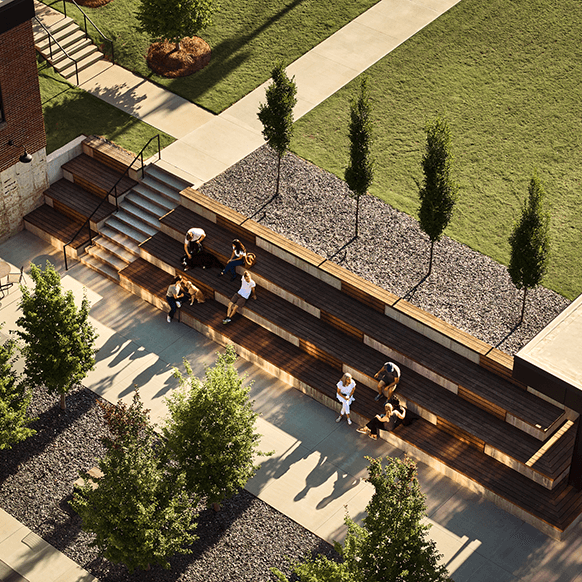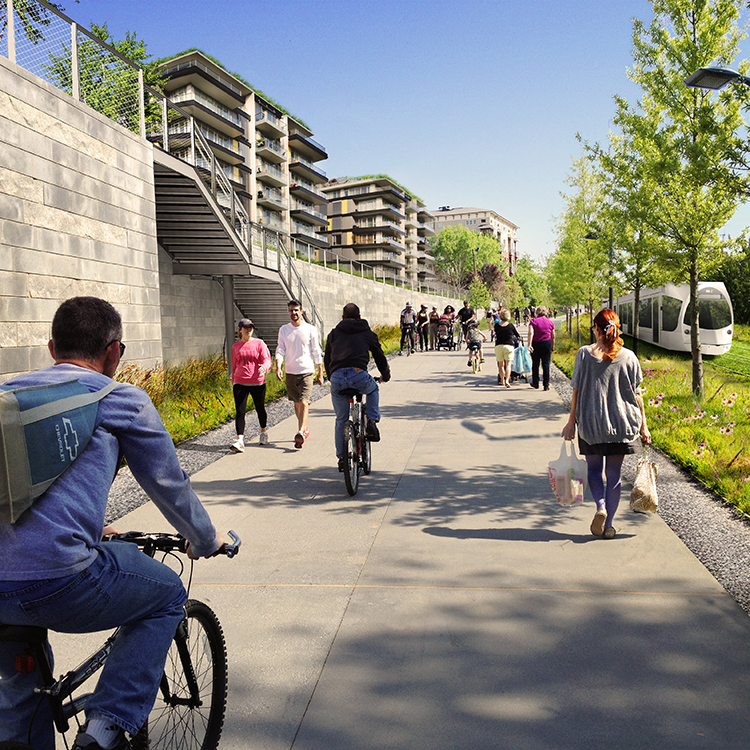
Atlanta Beltline Corridor Design and Trails
Joggers cut through active construction sites. Thrill-seekers jumped security fencing at night. It was apparent the 22-miles of abandoned industrial railway was prime for transformation. Once the people of Atlanta bought into the idea of the Beltline, construction couldn’t start fast enough. With City Hall funding approved, the race was on.
As co-leads of the design, we guided the Corridor Design, Eastside Trail, and Westside Trail from initial guidelines to real-world execution under extremely tight deadlines.
Adding to the challenge was the uncooperative old land itself. Unmarked utilities and buried objects delayed progress. But the Beltline vision prevailed and was opened to the public.
In 2023, the Eastside Trail alone saw over two million visits. From large civic events like the Lantern Parade that pumps close to 10,000 enthusiastic people through its arteries to informal art strolls by individuals, the Beltline is host to a true cross section of the city—a society on its way to work, shop, school, and social events—happily enjoying the company of each other.
Best of all, no one entity can control it. It belongs to everybody.
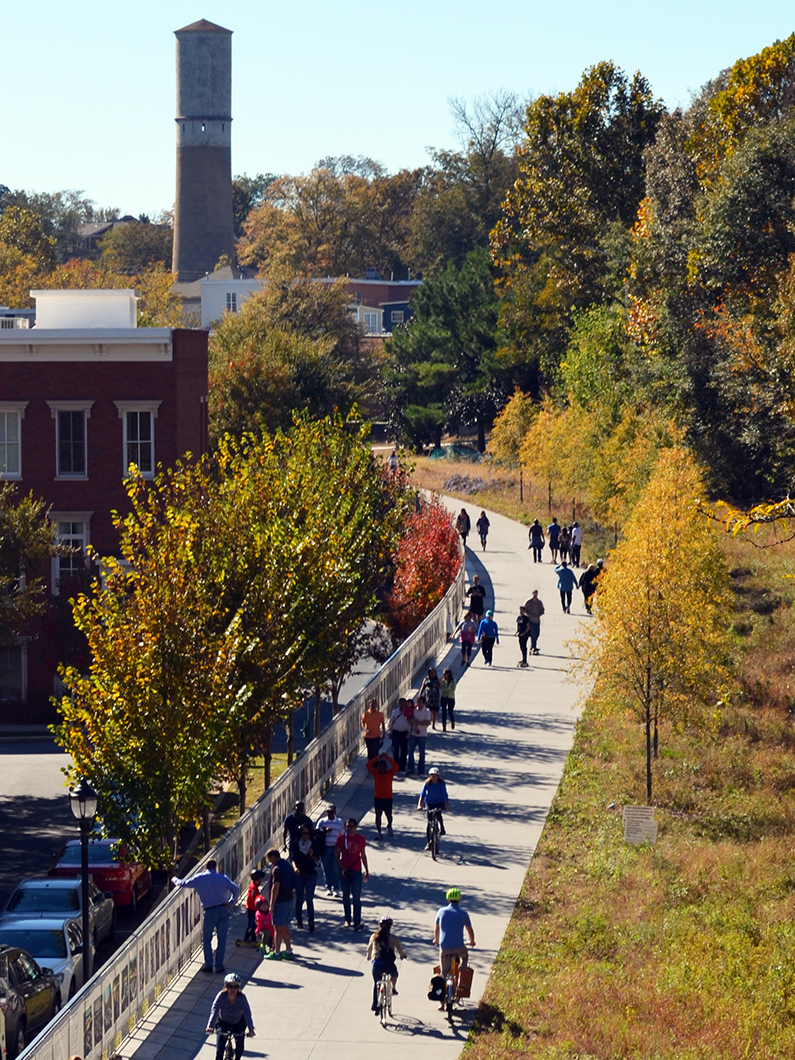
–Kevin Burke, Principal Landscape Architect, Atlanta Beltline, Inc.
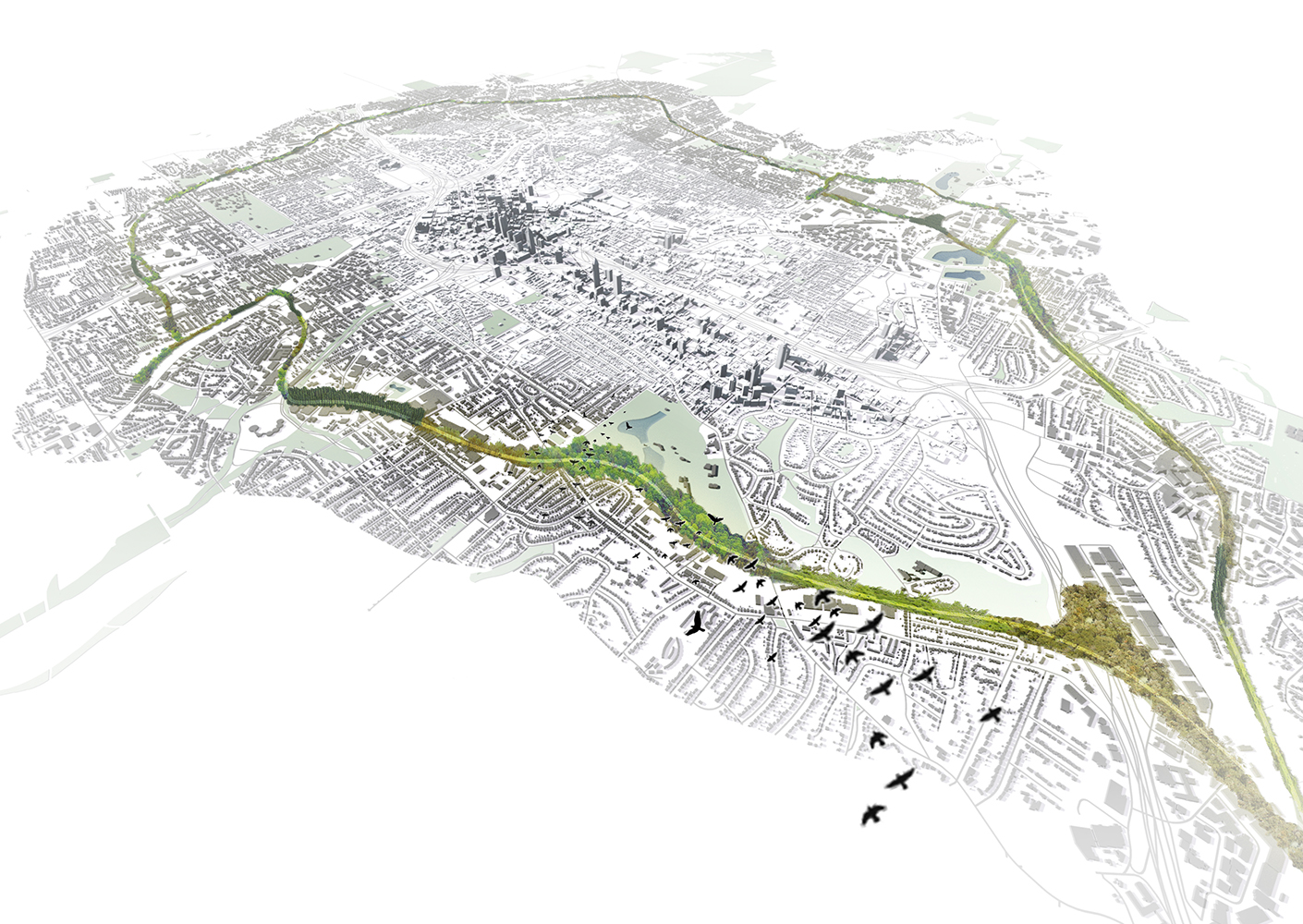
Since 2005, more than 50 projects representing more than $9 billion in private investment have taken shape around the Atlanta Beltline, with $638 million in new development along the Eastside Trail alone.
Ponce City Market, once an empty hull, stands as a marquee example for reuse, while bordering neighborhood businesses and restaurants have reoriented themselves toward the trail to take advantage of the heavy foot traffic.
